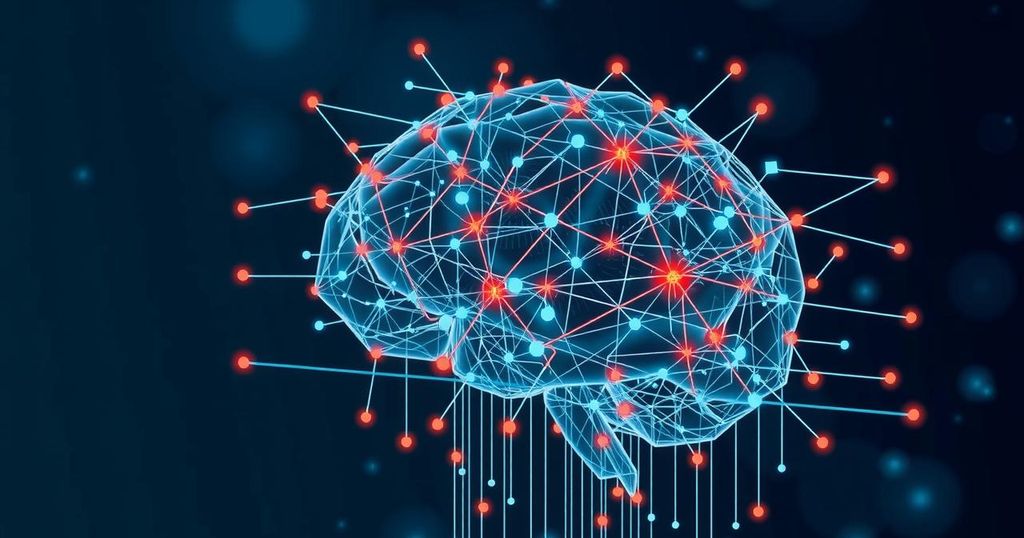DHS Unveils Groundbreaking AI Framework for Critical Infrastructure Safety
The DHS introduced the “Roles and Responsibilities Framework for Artificial Intelligence in Critical Infrastructure” on November 14, 2024. This framework, created through collaboration with various stakeholders, aims to guide the safe deployment of AI across critical sectors, addressing the responsibilities of all parties involved. It emerges from significant discussions within the Artificial Intelligence Safety and Security Board, reflecting a commitment to managing AI’s risks effectively.
On November 14, 2024, the Department of Homeland Security (DHS) unveiled the groundbreaking “Roles and Responsibilities Framework for Artificial Intelligence in Critical Infrastructure.” This framework emphasizes the collaborative efforts of industry and civil society to promote the responsible implementation of AI across vital sectors. It arises from in-depth discussions held by the Artificial Intelligence Safety and Security Board, aiming to foster a comprehensive understanding of the responsibilities that various stakeholders—ranging from AI developers to infrastructure operators—have in ensuring the safe use of AI technologies.
The increasing integration of Artificial Intelligence into everyday infrastructures poses significant challenges and responsibilities. The DHS recognized the urgent need for a structured framework that addresses these complexities, particularly as AI continues to evolve. By gathering insights from every segment of the AI supply chain, the framework serves as a vital tool in guiding stakeholders towards safer AI applications. This initiative aligns with broader efforts to mitigate risks associated with AI, underscoring the importance of safety and accountability in technological advancements.
The “Roles and Responsibilities Framework for Artificial Intelligence in Critical Infrastructure” represents a significant step forward in ensuring that AI technologies are utilized safely and responsibly. By outlining the roles of various stakeholders within the AI supply chain, this framework not only facilitates collaboration among public and private sectors but also aims to enhance public trust in AI systems. Ultimately, it sets the stage for a more secure future in critical infrastructure, paving the way for innovative solutions that prioritize safety and ethics.
Original Source: www.dhs.gov




Post Comment